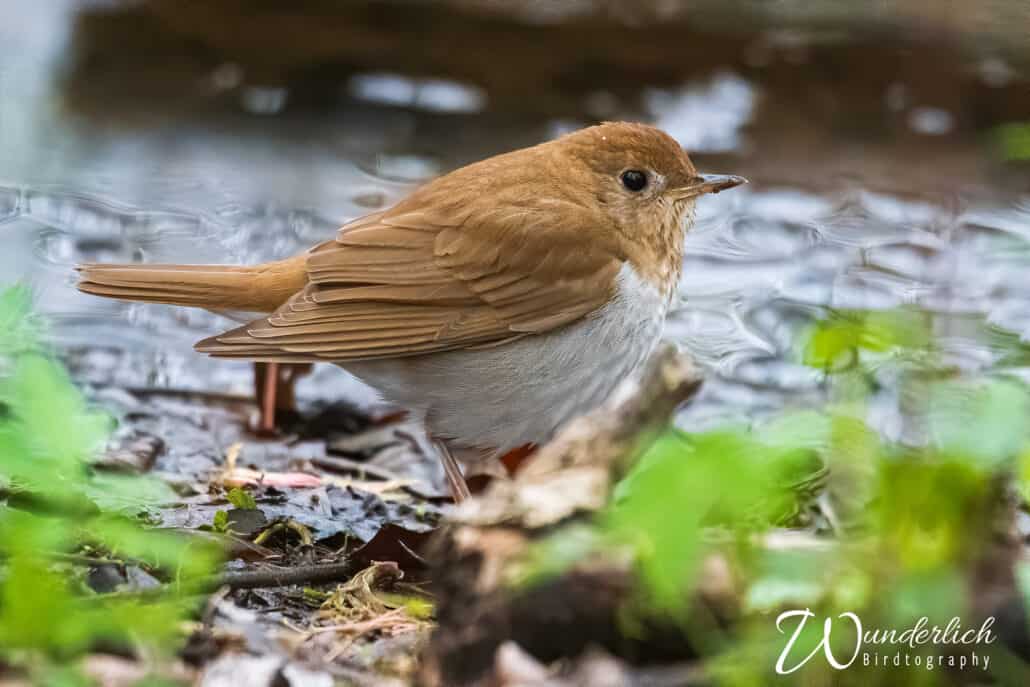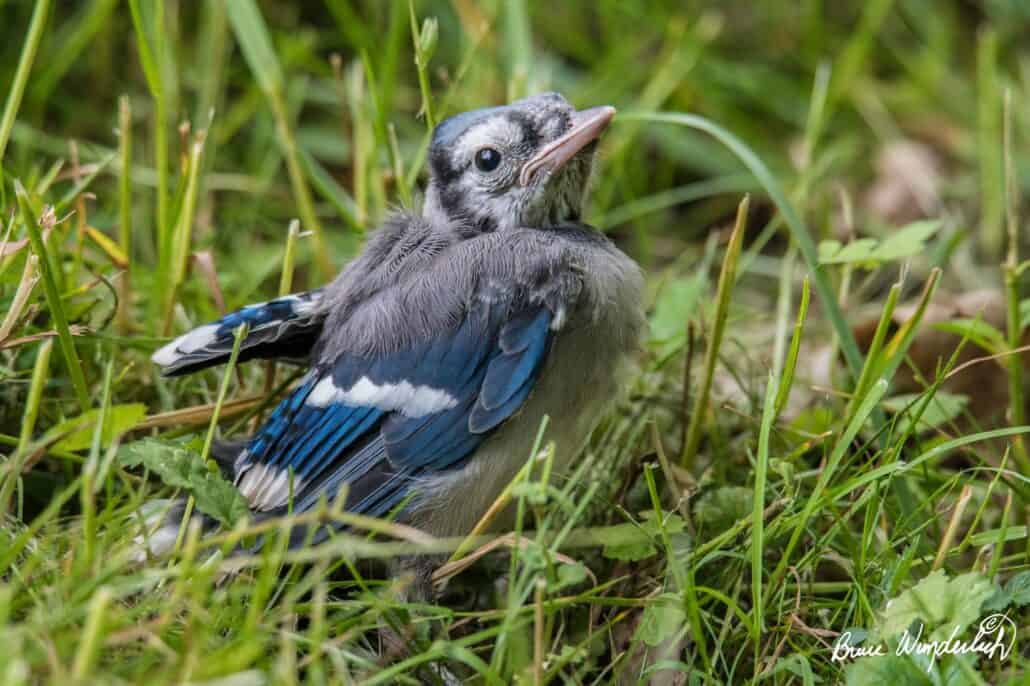
On a recent Saturday morning, I decided to visit Middle Island, near St. Marys, West Virginia, one of 22 islands making up the Ohio River Islands National Wildlife Refuge. Middle Island is the only island in the refuge with a bridge, making it one of the most popular destinations in the refuge, which stretches from Pennsylvania to Kentucky. Once I crossed the bridge, I followed a flat gravel road on the island’s north side. There are also 3.5 miles of hiking trails on the island.
I was looking for birds to photograph, which is my primary mode of birding. Seeing a few birds along the side of the road ahead of me, I stopped to have a look. What I discovered was a tree that was covered with poison ivy, heavy with berries. Knowing that these berries are a favorite food of many birds, I decided this would be a great place to hang out and photograph. The tall brush along the road made for a natural blind where I could unobtrusively watch and photograph the birds as they arrived to snack on the fruit. Knowing that I might have to wait a few minutes for birds to arrive, I set up my camera on my tripod with my GKJr. Katana Pro gimbal head mount. This gimbal head allows me to smoothly and quickly follow the birds as they forage throughout the tree without holding the weight of the camera and lens. Choosing the right setup location is an integral part of the process. Here are a few tips to remember when photographing birds in a tree.
- Limit your movement. Even if changing positions might give you a better view of a bird, your motion might cause the bird to fly. So, remain as still as possible and wait for the birds to land in your view.
- Pre-focus on the area where you hope the bird will land. Reducing the range of your target will allow your camera to focus more quickly.
- Set up with the light at your back and your shadow pointing at the tree.
- Use a shutter speed of at least 1/1000th of a second.
- Take a few test shots to make sure your exposure is correct.
- Try to ignore the birds above you—focus instead on the birds at eye level.

Meanwhile, back at Middle Island, the first bird that landed in the tree was a yellow-rumped warbler. I soon realized that many other birds were around, so I pulled out my phone and started an eBird list. I decided to see how many bird species I could get at this one tree in one hour. Any bird in the tree or that I could hear or see from where I was standing, facing the tree, would count.

Yellow-rumped warblers were plentiful, since they love poison ivy berries. Soon many other birds joined the banquet: downy and hairy woodpeckers, a tufted titmouse, Carolina wren, white-breasted nuthatch, American robin, song sparrow, and northern cardinals. I had flyovers of red-tailed and red-shouldered hawks. Two heard-only birds were the squawk of a great blue heron nearby in the water, and the sweet song of a white-throated sparrow. In total, I tallied 13 birds in the vicinity of that one tree in one hour—plus a fox squirrel in the tree. My count could have been 15: two mystery birds flew over so fast that I could not identify them. I hate when that happens. I bet you know the feeling!
Do you have a free hour? Try the One-Tree Challenge! The number to beat is 13! (I wish it was 15!) Leave your total in the comments.





